Mark Gongloff: Arizona's water is vanishing before AI gets a crack at it
Published in Op Eds
While we worry about the growing threat of robots guzzling up America’s groundwater, we can’t ignore the risk that cows will consume it all first.
A new study by researchers at Arizona State University put the depth of our water problem in perspective. It found that groundwater in the lower Colorado River basin — a region filling up with both data centers for artificial intelligence and alfalfa farms to feed cows — is being depleted far more quickly than surface water from reservoirs such as Lake Mead and Lake Powell, which are also vanishing rapidly.
Nearly 28 million acre-feet of water has disappeared from aquifers since 2003, satellite measurements suggest, compared with about 14 million acre-feet from surface reservoirs. The vast majority of this water was underneath Arizona, 60% of which is suffering from extreme drought after its hottest, driest stretch in recorded history. One acre-foot of water is enough to flood an acre of land, or one American football field, with a foot of water. Twenty-eight million acre-feet is roughly the entire capacity of Lake Mead, the biggest reservoir in the U.S., which provides water for 20 million Americans.
The actual Lake Mead receives a lot more attention. The white “bathtub ring” showing how far its water line has fallen — it’s at just 32% of capacity as of this writing — has long demonstrated that a notoriously dry region is getting even thirstier as the planet heats up and droughts become more frequent and intense. But quietly, below the ground, one entire Lake Mead has already disappeared. It will take millennia to replenish.
“People used to say the Colorado River was the lifeblood of the Southwest U.S.,” Arizona State professor Jay Famiglietti, the study’s senior author, told me. “Now it’s the groundwater. We need to make sure we take precautions to sustain that groundwater for multiple generations in the future.”
The report comes at a time of growing alarm about the water and power demands of the AI boom. Every time you ask a robot to write your Ethics 101 term paper or generate one of those brainrot videos all the kids are watching these days, a data center somewhere takes a drink (essentially). Water is used to cool the servers cooking up this slop, and it’s also used in generating the electricity that powers those massive computers.
A study last year by the University of California, Riverside, for the Washington Post estimated that one 100-word email written by ChatGPT consumes more than a 16-ounce bottle of water. By 2028, U.S. data centers could swallow 74 billion gallons of water per year, up from less than 6 billion in 2014, according to a December study by the Lawrence Berkeley National Laboratory.
And those servers are thirstier depending on where they’re situated. In Arizona, that same 100-word email would consume about two bottles of water, according to the Post/UC Riverside study. Unfortunately, Arizona and other desert locales are prime real estate for data centers. The Grand Canyon State is home to 26 new server farms built or planned since 2022, according to Bloomberg News, joining hundreds of others cropping up in areas of the U.S. under high water stress, as defined by the nonprofit World Resources Institute.
Friendly regulation, abundant empty land, low humidity and a relative lack of natural disasters (unless you count flesh-searing heat) help explain Arizona’s allure to server farmers. They also help explain its allure to farmer farmers — whose runaway water use makes AI look as water-stingy as a Dune Fremen in comparison.
Arizona farms used about 4 billion gallons of water every day, on average, between 2010 and 2020, according to a U.S. Geological Survey report, or nearly 1.5 trillion gallons a year, accounting for 72% of the state’s total water use.
Those 74 billion gallons that U.S. data centers might drink in 2028 wouldn’t keep Arizona farms in business for a month. (Heck, golf-course irrigation in Maricopa County alone used nearly 31 billion gallons in 2015, according to that USGS report.)
And most of this water is used to grow food for cows. A study last year in the journal Communications Earth & Environment found nearly a third of all Colorado River water use — about 6.24 million acre-feet per year, on average, or nearly a quarter of one whole Lake Mead — irrigated alfalfa and grass hay between 2000 and 2019. All other crops used just 3.85 million acre-feet, roughly matching the water used by cities.
All that hay is used to feed beef and dairy cows. And about a fifth of it grown in seven Western states is exported to China, Japan, Saudi Arabia and other countries, according to a 2023 study by University of Arizona researchers. In other words, we are literally exporting our dwindling water supply.
Pumping groundwater makes the land above it sink. A study earlier this month in the journal Nature found that the 28 most populous U.S. cities were sinking to some degree or another, mostly because of groundwater depletion. They have nothing on Arizona, parts of which have fallen as much as 18 feet over several decades as the water disappeared beneath them. Wells have gone dry, and giant fissures have opened in the land, wrecking homes and infrastructure.
Despite all the damage their pumping wreaks, farmers and the politicians supporting them fight furiously for their right to keep doing it. Though Arizona has some sound water-management practices, including designated water-management areas that have helped stop the bleeding in Phoenix, Tucson and other places, most of the state’s groundwater is still unregulated.
When Governor Katie Hobbs proposed creating a new management area in the Willcox Basin in the southeast corner of the state, where the land is sinking by 3 ½ inches a year, the farmers protested. To Hobbs’ credit, she created the management area anyway. Now the locals are fighting a proposal to cut their groundwater use by 50% in 50 years.
President Donald Trump has made matters worse by freezing $4 billion in Inflation Reduction Act funding earmarked for protecting the Colorado River. Securing the water supply of millions of Americans in one the fastest-growing regions in the country deserves more research and funding, not less. Other possible solutions include encouraging farmers to fallow their land, transition to less-thirsty crops or sell their water rights to urban developers. And of course, Americans could always stand to eat much less beef.
As for those robots, they might have an easier time using less water. Microsoft Corp. already has plans for data centers that consume none at all. Competitors will probably want to follow suit, if only to calm a growing backlash. And if we must live with AI, then maybe we can at least get it to figure out how to spend less water on cows.
_____
This column reflects the personal views of the author and does not necessarily reflect the opinion of the editorial board or Bloomberg LP and its owners.
Mark Gongloff is a Bloomberg Opinion editor and columnist covering climate change. He previously worked for Fortune.com, the Huffington Post and the Wall Street Journal.
©2025 Bloomberg L.P. Visit bloomberg.com/opinion. Distributed by Tribune Content Agency, LLC.
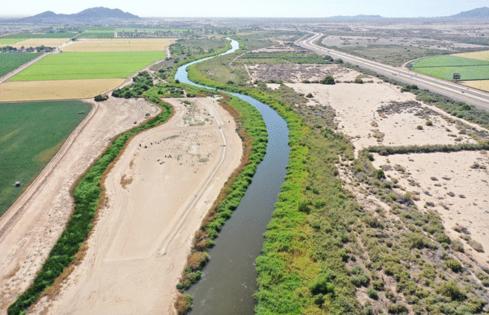






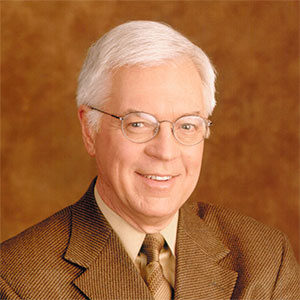















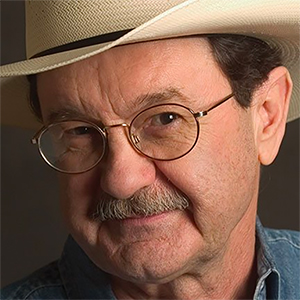

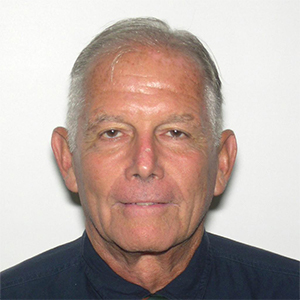

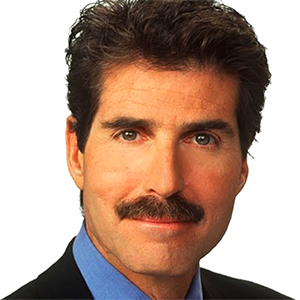









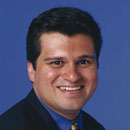



















Comments